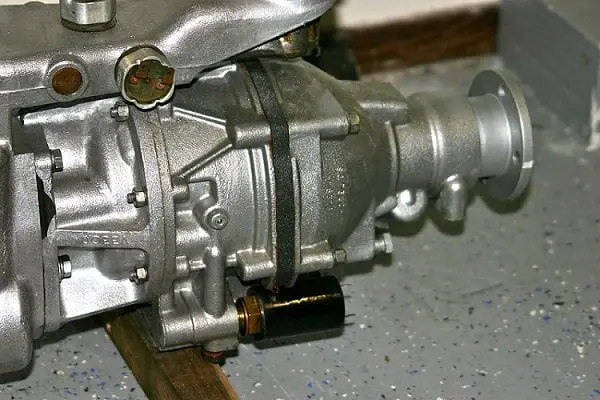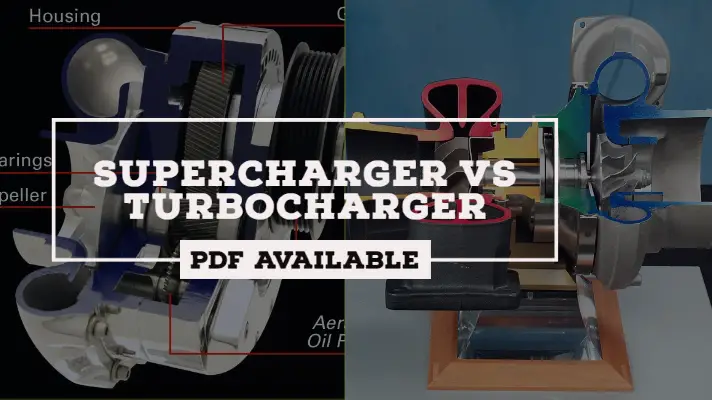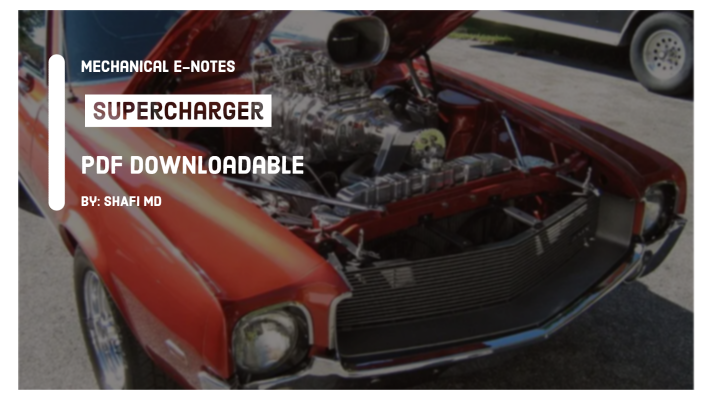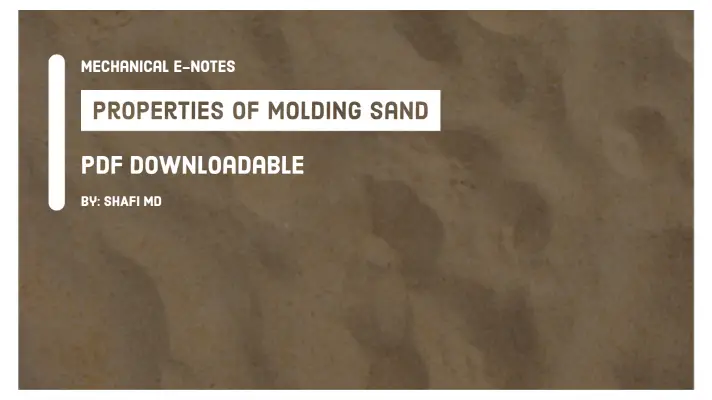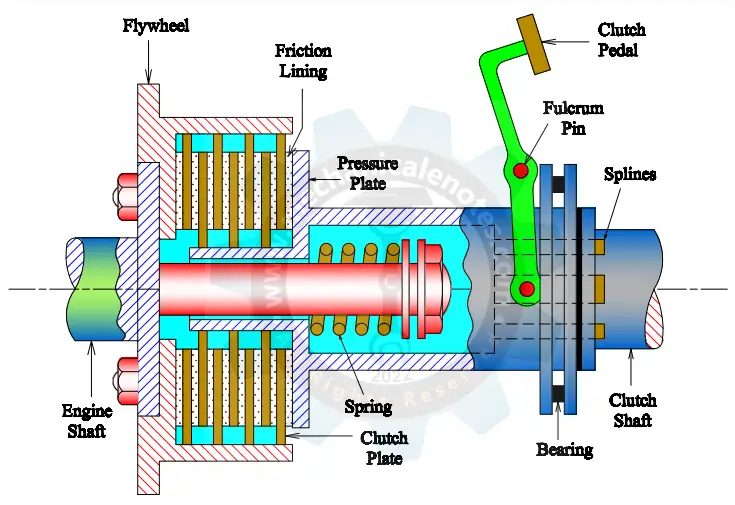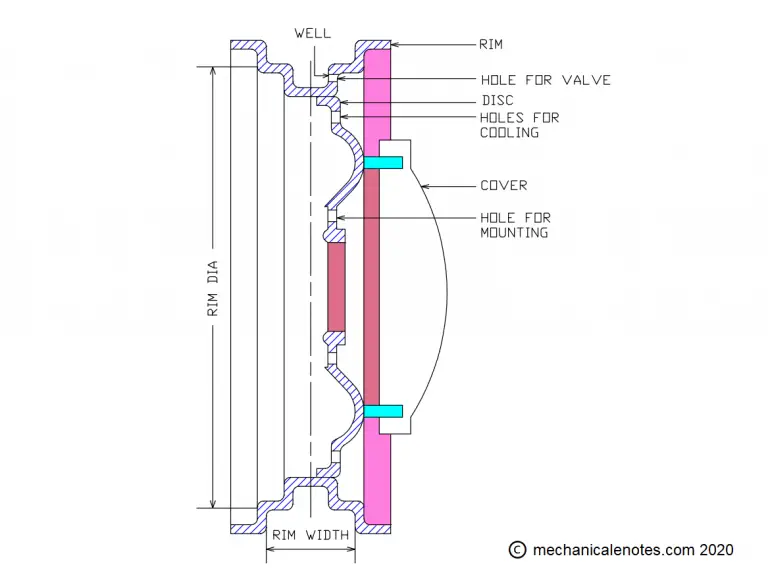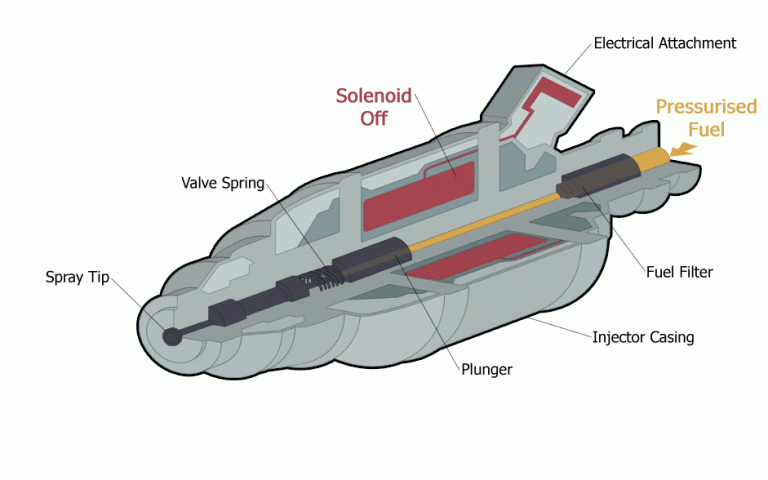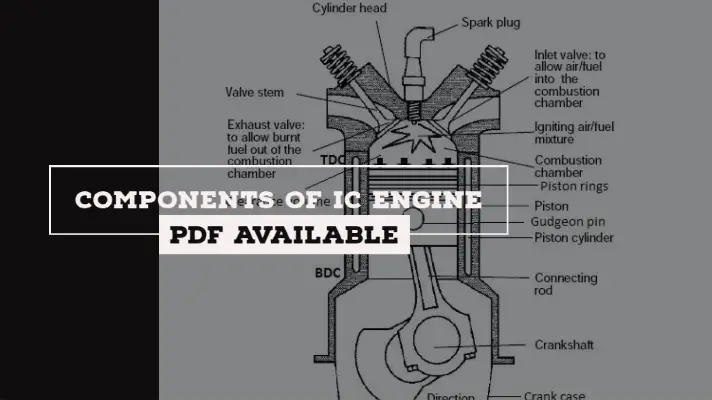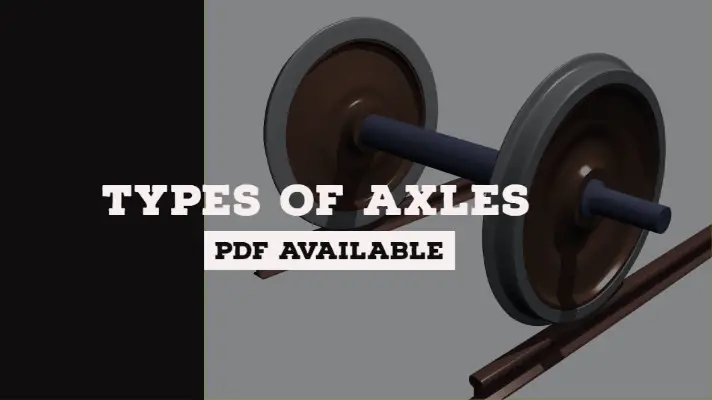Overdrive in Automobile: Parts, Working Principle, Advantages, Disadvantages and Applications [PDF]
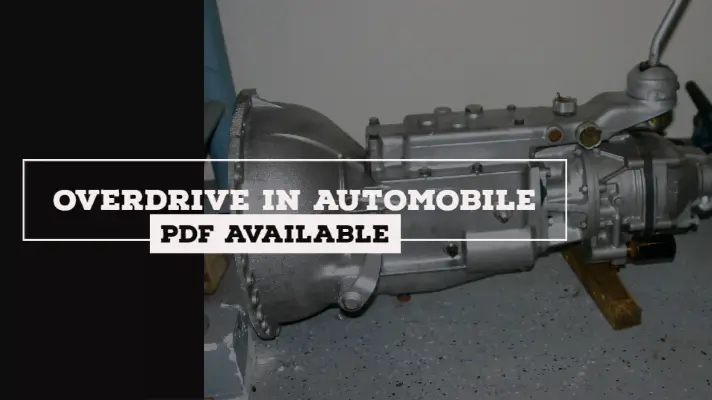
In general, the speed of the wheel is less than the engine speed. but if you want to increase the speed of the wheel greater than the engine speed, then we need to use a device and that is discussed below.
Definition of Overdrive:
The device that is used to increase the speed of the wheel greater than the engine speed which is placed in between the Transmission system and the Propeller shaft called Overdrive in Automobile.
As Overdrive is a system that can be placed after the Gearbox, we need to know a bit about the few components of the Transmission System which were listed below.
Clutches:
The various types of Clutches are as follows.
- Cone Clutch
- Single Plate Clutch
- Multiplate Clutch
- Electromagnetic Clutch
- Centrifugal Clutch
Gearbox:
The types of Gearbox are as follows
Let's dive into the concept of Overdrive in Automobile.
Line Diagram of Overdrive in Automobile:
The line diagram of Overdrive was shown below.
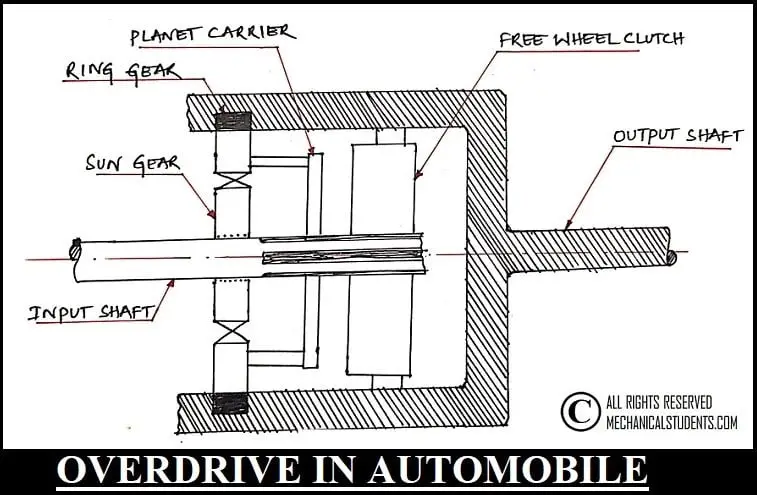
Parts of Overdrive in Automobile:
The parts of Overdrive are as follows.
- Input shaft
- Sun gear
- Planet gear
- Ring gear
- Freewheel
- Output shaft
An explanation for the Parts of Overdrive in Automobile:
Input Shaft:
The power from the gearbox is to be delivered to the Input shaft of the overdrive.
Sun Gear:
It is the gear that is placed at the center of the ring gear meshed by the planet gears.
Due to locking and unlocking of Sun Gear, the engagement and disengagement of an increase in power take place.
Planet Gears:
The planet gears are meshed with sun gear externally and are surrounded by the ring gear internally.
Ring Gear:
The Sun gear and the Planet gears are in mesh externally with the ring gear.

Sun Gear – Yellow Color
Planet Gears – Blue Color
Ring Gear – Red Color
Planet Carrier – Green Color
Freewheel:
The Freewheel does not undergo any rotary relative motion but it has only horizontal relative motion, whenever there is a spline joint with the input shaft.
Output Shaft:
The power which is delivered by the engagement of overdrive is to be sent to the output shaft from where it is to be sent to the propeller shaft.
Working Principle of Overdrive in Automobile:
The overdrive is to be placed in between the Gearbox and the Propeller shaft.
The function of overdrive is to increase more amount of power than the power delivered from the gearbox.
On the input shaft, the Sun gear is connected through Spline.
The freewheel has an internal spline and the Input shaft has an external Spline and these two will mesh together.
Whenever there is a spline joint, the Freewheel does not undergo any rotary relative motion but it has only horizontal relative motion.
In the sense, the Freewheel can move only in the horizontal direction but cannot rotate at the center of the input shaft.
Whereas the sun gear is freely mounted on the input shaft. It means that, whenever the shaft is rotating, the Sun Gear may or may not rotate but the Freewheel has to move w.r.t. the input shaft only.
The Sun Gear meshes with the planet gears and this planet gears are in contact with the Planet Carrier.
The Planet Gear is also in contact with the ring gear and from the ring gear, the power is sent to the output shaft.
Engagement of Power:
When the Sun Gear is in a locking position, it indicates that the overdrive is in an engaged position and the power will be transmitted to the output shaft.
Disengagement of Power:
When the Sun Gear is unlocked, the input shaft and output shaft will rotate at the same speed i.e. there is the disengagement of power.
Advantages of Overdrive in Automobile:
- At cruising speed, it can efficiently transfer the engine's power to the road wheels.
- Overdrive is the highest gear in the transmission.
Dis Advantages of Overdrive in Automobile:
- If you want to overtake a vehicle, then the usage of overdrive is a bad idea.
- If you are going off-road or climbing a hill then you should not use Overdrive.
Applications of Overdrive in Automobile:
It is mostly used in Racing Cars.
More Resources:
Manual Transmission- Sliding Mesh Gearbox, Constant Mesh Gearbox & Synchromesh Gearbox
Clutches: Single Plate clutch, Cone Clutch, Electromagnetic Clutch
External Links:
Automobile Overdrive - Google Patent
Media Credits:
Image 1: The image above was drawn by Mohammed Shafi-Assistant Professor, Admin releases all rights but a photo credit would be appreciated if this image is used anywhere on any platform. Thank you!
Image 2: By AndrewDressel (talk) - I (AndrewDressel (talk)) created this work entirely by myself., CC BY-SA 3.0, https://en.wikipedia.org/w/index.php?curid=33814843
Image 3: By Macfip - Own work, CC BY-SA 3.0, https://commons.wikimedia.org/w/index.php?curid=9835480
Feature Image: Modified by the author

